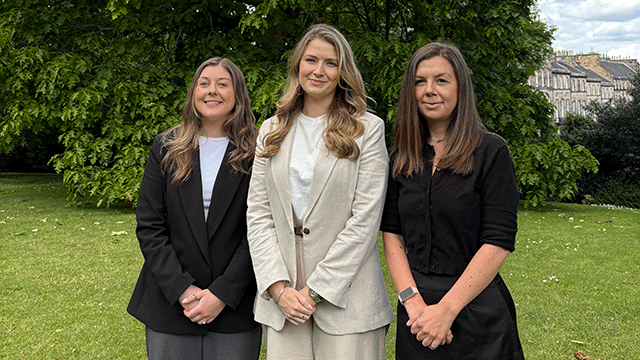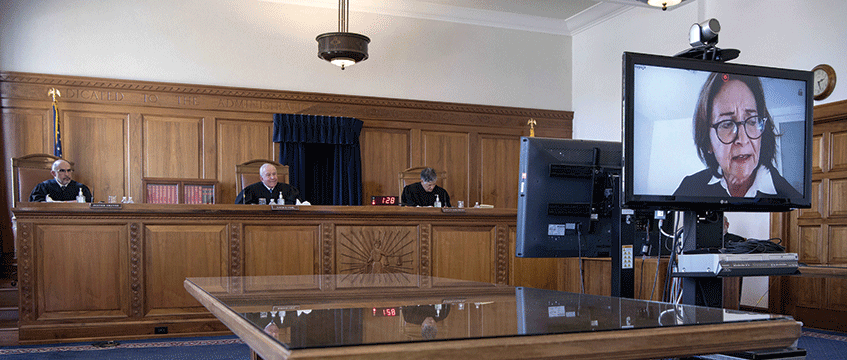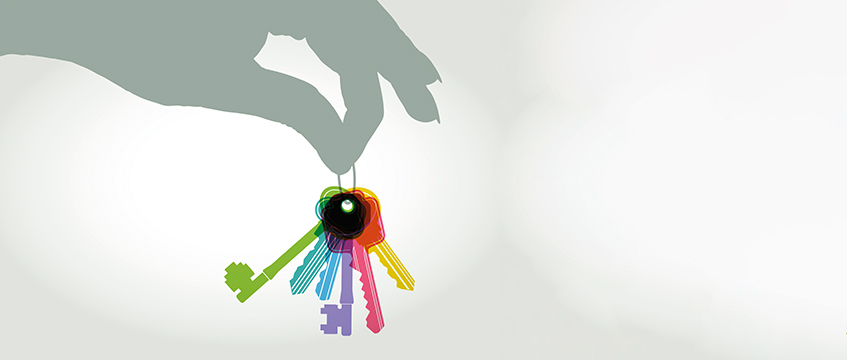Has the pandemic brought about the end of in-person court hearings? In short, the answer is probably yes – for certain types of hearings at least. But ultimately, the method by which hearings are conducted remains a matter for the judge. Litigants and witnesses (both factual and expert) must ensure they fully understand the way in which the hearing they are involved is to be conducted. Failure to do so could have drastic consequences for how the case progresses practically, and could potentially impact its outcome. Proper preparation for those involved in litigation is, therefore, now more important than ever.
The online revolution
Following March 2020, the English court system was forced to reform and modernise in very short order. Covid-19 necessitated a radical transition to the widespread use of remote hearings to allow hearings to take place (and facilitate access to justice) when it was not possible for participants to attend in person. Up to that point, fully remote hearings in the civil courts were a pipe dream and had only been piloted as part of a wider reform programme. The Court Service’s response to the pandemic has proved that it can be both agile and responsive in unprecedented and challenging circumstances.
Now that the dust has settled and the lifting of pandemic-related restrictions appears imminent, the question to be answered now is the extent to which remote hearings have a future in the English court system. General consensus seems to indicate they will become a permanent fixture, at least to some degree.
Recent feedback from the Law Society’s members was that purely procedural hearings (involving judges and advocates only) can be dealt with perfectly well remotely. In contrast, members felt that hearings involving vulnerable or technically challenged parties or witnesses, live evidence, or issues of significant controversy were likely to be best served by in-person hearings.
There also appears to be almost universal agreement that cases, where witnesses are accused of dishonesty, will not be appropriate for remote cross-examination. That view is largely founded on a concern (rightly or wrongly) regarding the ability to assess a witness’s credibility at a remote hearing. For some, there are apprehensions that a judge may not receive a witness’s evidence with its full, genuine force if it is delivered remotely; others worry that the “virtual barrier” between counsel and a witness means it is almost impossible to attack the other side’s witnesses with sufficient vigour.
For some lay clients, there is also a concern that the change from the physical “stage” of the court bench to a computer screen loses the gravitas and formality of a courtroom. Often, a key consideration for parties to litigation is that they feel that they have been heard and that justice has been done. This can be particularly difficult to achieve in circumstances where the judge cannot be seen in the flesh or where a client sees the other side delivering evidence from the very property that is the subject of the dispute. This is something that those conducting litigation must consider given that it seems remote hearings, in part at least, are here to stay.
There is, of course, also the option of hybrid hearings where some attendees (usually the judge, advocates and factual witnesses) are physically present, while others (such as expert witnesses) attend remotely. Hybrid hearings offer flexibility, but there can be the potential for a hybrid hearing to become fully in-person and preparations should be made to cover that eventuality.
Practical pointers for giving evidence
The technical constraints of giving evidence over video platforms are immediately apparent to those familiar with the process and include latency issues affecting engagement with both judge and counsel and a lack of visual cues from the other side (often helpful in assessing reactions to a particular point). Hearings with a virtual element also tend to progress more slowly, owing to communication limitations as well as problems with navigating electronic documents.
The following pointers are suggested to assist those who find themselves giving evidence:
- Will you be using electronic or hard copy bundles? If the former, it is worthwhile also having hard copies to cover the eventuality the electronic copy is not user-friendly or does not work properly.
- You must not consult any notes or other documents when giving evidence, other than the trial bundles.
- Where will you be and who will be with you when you are giving your evidence? This should be discussed with your legal team and confirmed to the other side. Unless the court gives permission, there should not be anyone in the room with you.
- If you are giving evidence from abroad, consider whether there is likely to be any diplomatic objection from the country in which you are giving evidence.
- It is not permitted to record the hearing unless you have the judge’s permission, and doing so otherwise may amount to contempt of court.
- If you are an expert witness, you should consult the Academy of Experts guidance on giving remote evidence before giving evidence virtually.
What has become clear over the past 15 months is that the court will expect those involved in litigation to:
- be flexible in their approach;
- co-operate and communicate clearly with opponents and the court; and
- embrace the use of technology.
The Court Service has made it quite clear, in recent years, that it has an appetite to build options into litigation to find efficiencies, increase usability and decrease cost. The impact of the pandemic has brought these objectives into sharp focus and it is clear that remote hearings are a tool that has been, and will continue to be, deployed to achieve them.
Mark Reading is a legal director at Mishcon de Reya LLP











